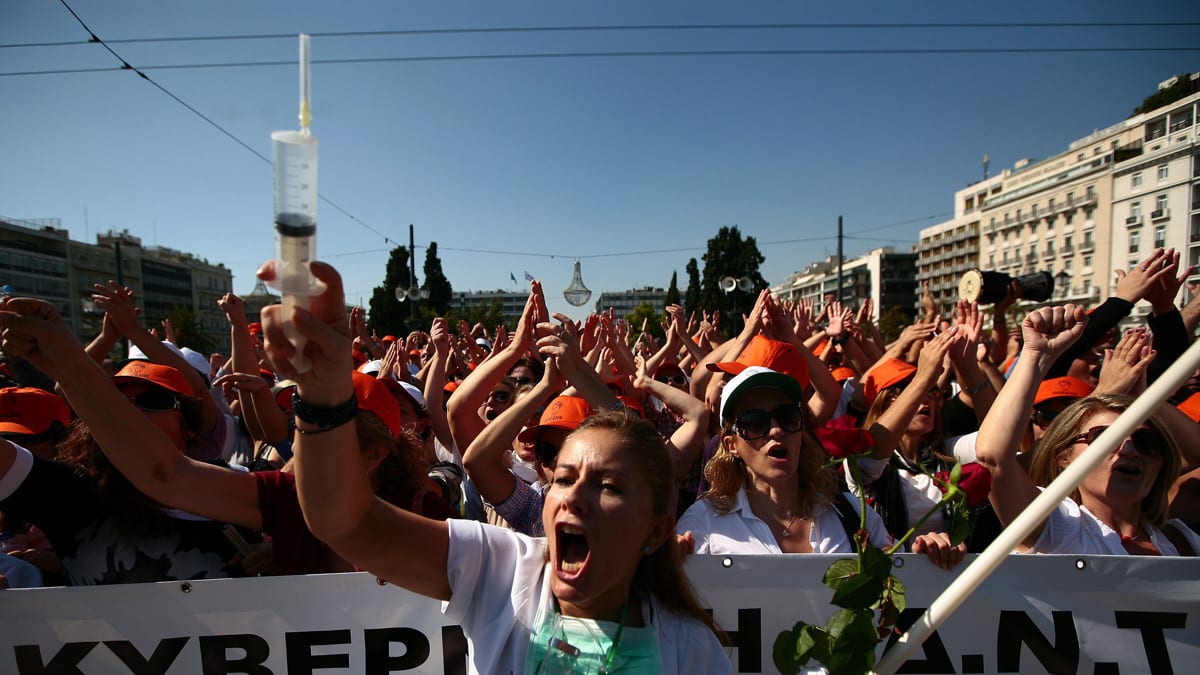
Last week former New York Mayor Mike Bloomberg made claims as part of his 2020 presidential campaign to tackle racial bias in the criminal justice system and lower the prison population. In his plan, released on February 18th, Bloomberg promised to “end the era of mass incarceration, ensure fairness and equality in our criminal justice system, and shift its focus from punishment to rehabilitation.” At the same time, he received criticism for his previous support of stop-and-frisk policing that disproportionally targeted people of color during his tenure in New York City.
If going through the courts is a necessary step to address the criminal justice system, what do these alleged promises mean in a time when the Trump administration has worked to appoint conservative judges? Bloomberg states that as President he would support legislation to make changes for federal officers, pledge money to reforms, and end federal cash bail. While he’s getting pushback for his positions on social issues, it’s worth noting that he spent more than $41 milliontowards campaigns in the 2018 midterm election that would later help elect 21 Democrats to the House.
Bloomberg’s allocation of wealth raises the question: if wealth and positions of power created the unjust systems that exist today, is wealth also needed to dismantle them? Is it enough to have people with good morals taking initiatives on criminal justice reform, or do you need to have accomplices in positions of power of wealth? In the case of Bloomberg, his contradictory actions bear assessment
Bloomberg claims he will invest $1 billion in programs to support young men of color, but what about young women of color?
This past week, a California lawmaker proposed bill AB 732, also known as the “Reproductive Dignity for Incarcerated People Act” to improve treatment of incarcerated pregnant women. This followed a 2016 ACLU report exposing the abhorrent conditions for pregnant women in jails, and a class action lawsuit after there were three miscarriages and inmate Candace Steel was left alone for hours in her isolated jail cell without care during the labor and delivery of her child in 2017. The Alameda County Sheriff’s Office disputed her account, but a federal judge believes otherwise. Steel was one of 28 other women since 2014 who sued for civil rights violations, medical malpractice and emotional distress. This is just one example of an incident that could have been avoided if proper attention was given to the needs of women.
Surveillance video released this past week reveals Damaris Rodriguez, a mother of five, suffering from starvation and psychological behavior in a Washington state jail cell before dying from a treatable metabolic condition.
What is wrong with this sentence: “Since this incident, our employees have received comprehensive training in crisis intervention”. It is all too common: proposed action after a lawsuit. Why? Because we are living in a carceral world where mental and physical health is policed before it is assessed and treated. Will this ever be corrected if poor training is used as a loophole for the state?
Last week, in Phnom Penh, Cambodia, local rights group Licadho asked prison officials to investigate the death of a five-month-old baby living with its incarcerated mother during her pre-trial detention for possessing $2.50 of methamphetamine. According to a statement issued, the baby had been taken to the hospital for a hip fracture in late January of 2020, where it was denied the ability to spend the night for observation. Upon returning to prison with its mother, it began experiencing medical complications. Only after the baby’s condition worsened was it taken back to the hospital, where it eventually died from pneumonia and severe malnutrition.
A Prison Department official blamed the child’s death on the mother and denied the baby suffered from malnourishment. Since 2017, there has been mass incarceration of Cambodians as part of the country’s “war on drugs”. The local rights group is bringing this to light in the hope that all pregnant women and mothers in prison with their children serving pre-trial detention will be granted bail before International Women’s Day on March 8, 2020.
Would this sort of promise be possible in the United States? How many children die as a result of a parent, and especially a mother, being incarcerated?
(Image Credit: Johns Hopkins Medicine)

